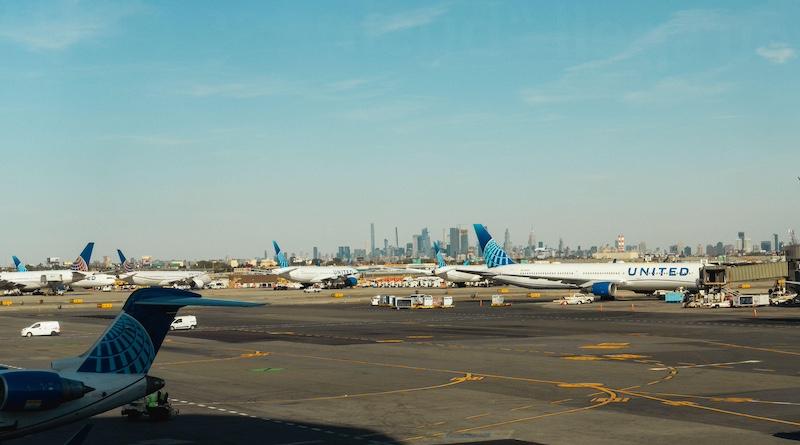
Credit: Brian Logan/Alamy Stock Photo
The FAA has announced temporary scheduling relief at New York’s Newark Liberty International Airport (EWR) to accommodate construction-related runway closures in 2025. While EWR is classified as a Level 2 schedule-facilitated airport and does not have a formal slot usage requirement, the FAA...
Subscription Required
FAA Grants Temporary Scheduling Relief At Newark is published in Aviation Daily, an Aviation Week Intelligence Network (AWIN) Market Briefing and is included with your AWIN membership.
Already a member of AWIN or subscribe to Aviation Daily through your company? Login with your existing email and password
Not a member? Learn how to access the market intelligence and data you need to stay abreast of what's happening in the air transport community.





